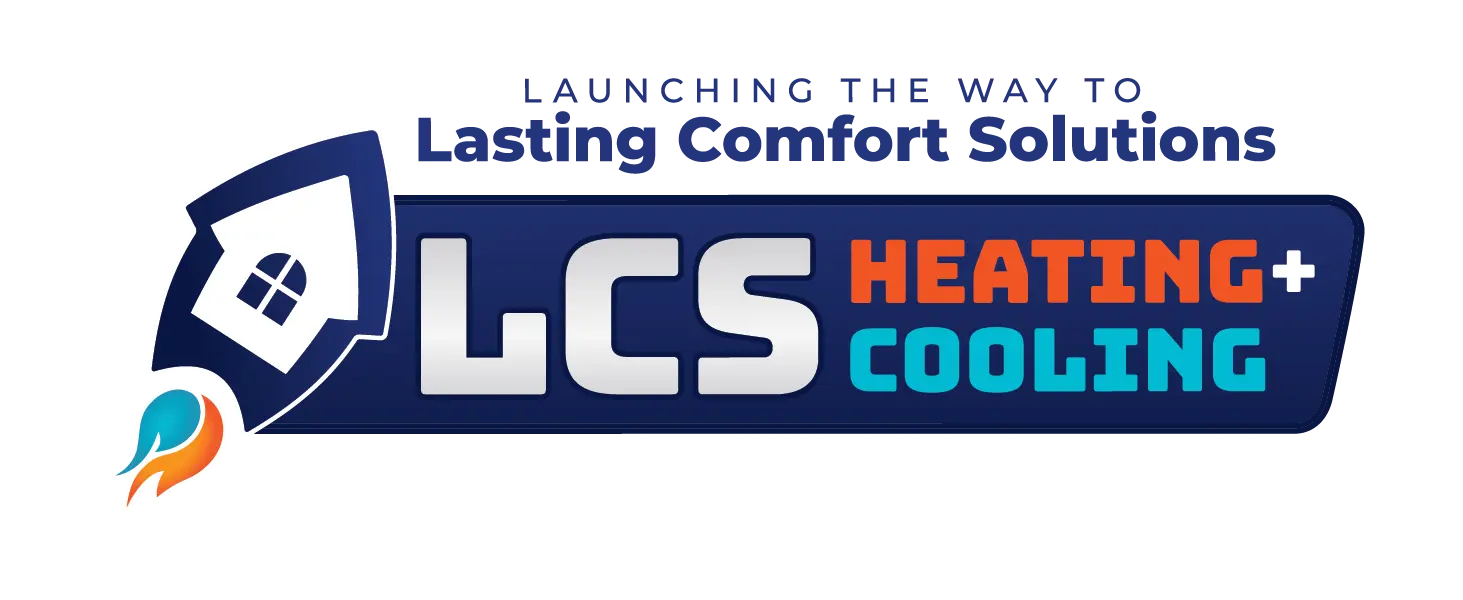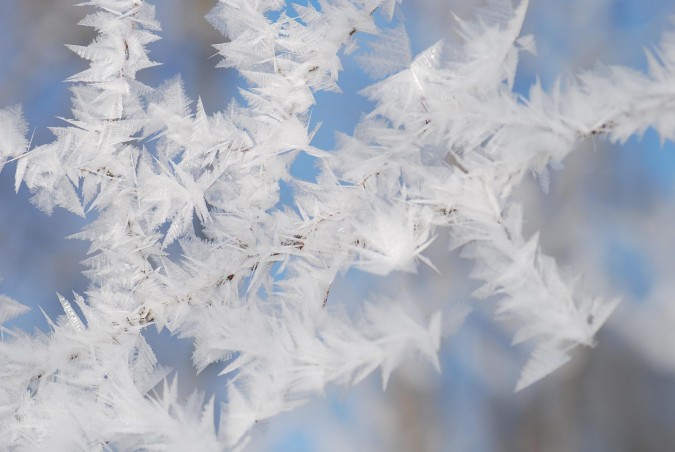The cool air, turning leaves, and arrival of apple cider at the store mean that autumn’s official start is just around the corner. At home, this seasonal change can quickly translate into higher energy bills. Fortunately, there are a few ways to lower these costs. Staying comfortable in your home—at an affordable rate—is relatively easy when you opt for energy-efficient solutions.
Schedule Your Heating Tune-Up
This time of year, the biggest energy bills for your home relate to heating. In order to get the best efficiency rating for your furnace, it needs to be able to run smoothly. Any problems during this season can be a real issue for your overall costs. But you can catch issues early on by scheduling your heating tune-up. This service helps ensure that all of your system’s components are within the normal operating range. That way, if any part is having trouble, you can have the option to be pro-active for a repair or replacement. And this could save you a service call down the road!
At LCS Heating & Cooling, we offer Annual Maintenance Plans to help keep service and energy costs low year-round. Getting notified of any potential problems lets you stay up-to-date on your furnace’s needs. When you look ahead to winter, no one wants to be caught without heat. A quick visit from your local HVAC company can help you avoid that inconvenience before the cold snap.
Other Home Efficiency Tips for Fall
Once your furnace is in order, you can still work to lower costs in other ways. Adding these efficiency tips to the mix can help you finish the year with extra energy savings. Try them all for the biggest benefits, or just stick to a few to get the ball rolling.
1. Change your air filter
We always recommend preventative maintenance to prep your home. But if you do nothing else this season, replace your air filter. It’s important to swap out your 1-inch air filter every 1-2 months. (The larger 4 to 5-inch media filters can last for 6-12 months.) This simple step goes a long way for your unit’s overall efficiency. A dirty filter can put a lot of strain on your heating unit and make it harder for the warm air to circulate through your home.
2. Warm up with the sun
The days and nights are getting colder, but the sun is still shining. Make the most of sunny days by opening your curtains to let this natural heat inside. South-facing windows tend to have the most impact. Just keep your curtains closed when the sun is set to hold in the warmth, then pull them back in the morning to create some sunny spots. This will help boost your home’s temperature. Plus, it gives your dog or cat a great place to nap!
3. Adopt a smart thermostat
When you want to go above and beyond for your home energy savings, a new thermostat can be a real winner. A programmable thermostat is a great investment because it lets you set schedules for your heating and cooling programs. You’ll get more efficient ratings, for instance, when you tell the heat to drop slightly in the evening, or when you’re away at work. A smart thermostat is even better because you can control your home’s settings right from your phone.
4. Grab some free LED bulbs
Changing your old lightbulbs to LED versions is a fantastic way to cut costs on your energy bills because they use up to 66% less energy. They even last over 20 times longer than standard bulbs. The best part about these updates? You can get LEDs for free! The Free LED Program from Duke Energy will ship bulbs right to your home. The potential savings could be upwards of $100, so there’s no reason to pass up this deal.
5. Watch for home air leaks
Feeling a cold air draft around your windows or outside doors indicates a heating leak. Don’t let these spots add to your energy bill. Adding fresh caulk around these borders or replacing the weatherstripping can prevent your home’s heat from escaping. The other thing to check is your fireplace damper. Make sure to always keep this closed when your fireplace isn’t in use. Accidently leaving it open is just another way to lower your indoor temperature.
Take this advice, and you’re sure to have a more energy-efficient home for the colder months. What’s more, you’ll be able to enjoy upgrades like a smart thermostat during the warmer months as well! If you have questions about other energy savings solutions for your home, give LCS Heating & Cooling a call at (317) 238-3961. We’d be happy to help you out!
September 17, 2018
The ENERGY STAR label is pretty recognizable, but that blue and white logo is more than just a pretty sticker. It’s proof from the EPA that a product is in the top tier for efficiency. And that means big savings on running your home appliances.
The label’s real goal is to help consumers identify energy-efficient products. Since the program’s inception in 1992, ENERGY STAR has helped people save an estimated $430 billion on their utility bills. But do you know what those savings actually mean for your own annual expenses?
About the Ratings
As a general rule, the ENERGY STAR label is awarded to the top quarter of products on the market. Put another way— an air conditioning unit that qualifies for the ENERGY STAR certification typically ranks in the top 25% for energy efficiency. This classification helps tell consumers which products might have a better long-term value.
You see, it’s not just about the upfront costs on major home appliances. You also have to consider how much it will cost to run the equipment every day and every year. In that sense, ENERSY STAR appliances are a lot like cars with low gas mileage. Two vehicles might cost the same on paper, but the one that can get 5 or even 7 more miles to the gallon might be a better option because it’s less expensive to run. Saving on energy costs is always better for your bottom line.
Savings with ENERGY STAR Appliances
The latest technology makes a big difference with efficiency. Check the numbers and it’s easy to see—opting for ENERGY STAR appliances is a great way to lower your utility bill every season.
Laundry Machines and Dishwashers
New “smart” features allow your machines to use less energy (and less water) when cleaning your clothes and dishes. And you still get a good clean! Laundry machines that qualify for the ENERGY STAR label require 40 to 50% less energy, and dishwashers work with 41% less energy (compared to the federal minimum standards).
Refrigerators and Freezers
Better insulation and more accurate temperature readings make these ENERGY STAR products big winners. Qualified refrigerators use at least 15% less energy, and qualified freezers use at least 10% less energy than what the current federal standards require.
Heating and Cooling
Roughly 50% of your home’s total energy costs are spent on heating and cooling. Choosing high-efficiency models can help knock down the total on your utility bills and give you some pretty noticeable savings month-to-month. ENERGY STAR air conditioners, for example, are typically 15% more efficient than other standard units.
Smart Thermostats
Pre-programed settings and WiFi features help keep your home comfortable and energy-efficient 24/7. Although the ENERGY STAR specification for programmable thermostats is no longer active, installing a “smart” thermostat is easily one of the best home upgrades you can make. Homeowners can save an estimated $180 every year on their energy costs just by making the switch to a newer model.
More Ways to Save
Your ENERGY STAR appliances aren’t just helping your lower your utility bills—they can also give you credit on your taxes. Whether you’ve upgraded some windows or doors in your home, or just swapped out your dishwasher for a newer, more efficient model, be sure to claim those credits on your taxes.
ENERGY STAR qualified central air conditioning units can give you a $300 tax credit, and the same goes for high-efficiency heat pumps. Qualified gas furnaces will get you a $150 tax credit. Check out this overview on 2016 benefits for more information. It’s another great perk of efficient equipment!
And remember: The high-efficiency ratings on your HVAC equipment heavily rely on annual maintenance. Wiring and electrical parts need to be regularly tested to make sure they’re running at peak efficiency. If you haven’t already scheduled your spring system tune-up, be sure to give LCS a call at (317) 238-3961. Our team would be happy to help you out!
March 31, 2017
We all know Indiana winters are unpredictable, but it can be pretty difficult to stay warm when temperatures drop unexpectedly. If you find yourself cranking up the heat, consider some of our budget-friendly solutions. These tricks will help keep your home warm during any cold spell.
1. Replace your dirty air filters.
A dirty air filter may not cause you any problems when the weather is mild, but it’s definitely something to check in winter. If we’ve got cold or freezing temperatures outside, your filter could very well be your biggest roadblock to a toasty home. Before you blame your furnace for the lack of heat, be sure to take a quick look at your filters.
Dirty filters restrict air flow and make it harder for your furnace to keep up without using loads of energy; and if your filters are old and dirty, there’s a good chance your furnace won’t be able to raise your temperature at all. Changing your filters regularly, and making sure to check them in the colder months is definitely a smart way to help your furnace run efficiently.
2. Check your attic insulation.
Proper insulation saves energy and makes your home resistant to heat loss by creating a barrier between your warm home and the cold outdoors. One easy way to see if your home is losing heat is to compare the amount of snow left on your roof to your neighbor’s. If your snow is melting fast, you’ve probably got poor insulation. Even if your furnace is working fine and your thermostat is set to high heat, you might still feel cold because all the heat is escaping to uninsulated areas. Warm air rises and escapes to your attic space if it’s not insulated—meaning your furnace is heating your roof instead of the rest of your home!
Check your attic space in winter to make sure you’re not losing heat to poor insulation. The U.S. Department of Energy has a few tips for insulation, but a good rule of thumb is to make sure your attic’s insulation is at least 12 inches thick. One of the most effective ways to insulate your home is to make sure your attic access door is insulated—plus it’s a really cost-effective fix!
3. Keep your thermostat at one temperature.
This low-tech solution is kind of counterintuitive, but it’s our best advice for battling freezing or below-freezing temperatures outside. In milder months, a lot of homeowners like to lower their thermostat temperature at night to save on energy. When we’ve got really cold, or even record breaking cold weather though, it’s hard for your furnace to make up even a 5 degree difference from nighttime to daytime.
Rather than get stuck with a cooler temp in the day, we suggest leaving your thermostat on a set temperature in winter that’s comfortable for both day and night. If you have a programmable thermostat, try using the “hold” function for your ideal temp. This is a great feature that helps your home stay warm 24/7 without any temperature fluctuations or thermostat checks. A programmable thermostat even helps you control energy costs, and can cut your heating costs by 35%.
If your home is still extra-chilly in the winter months, you can always call on your local HVAC company to help you solve the problem. A specialist can help you review your home’s current setup and make sure all your heating components are working at their best levels.
And if for some reason your furnace actually quits on you in winter, please call your local HVAC specialist right away! It doesn’t take long for your home’s temperature to drop drastically low if your furnace stops working, so be sure to put in a call ASAP. There might be a lot of other homes without heat too, so you’ll want to get on the technician’s list early so your home can go back to being cozy and warm.
February 1, 2016



